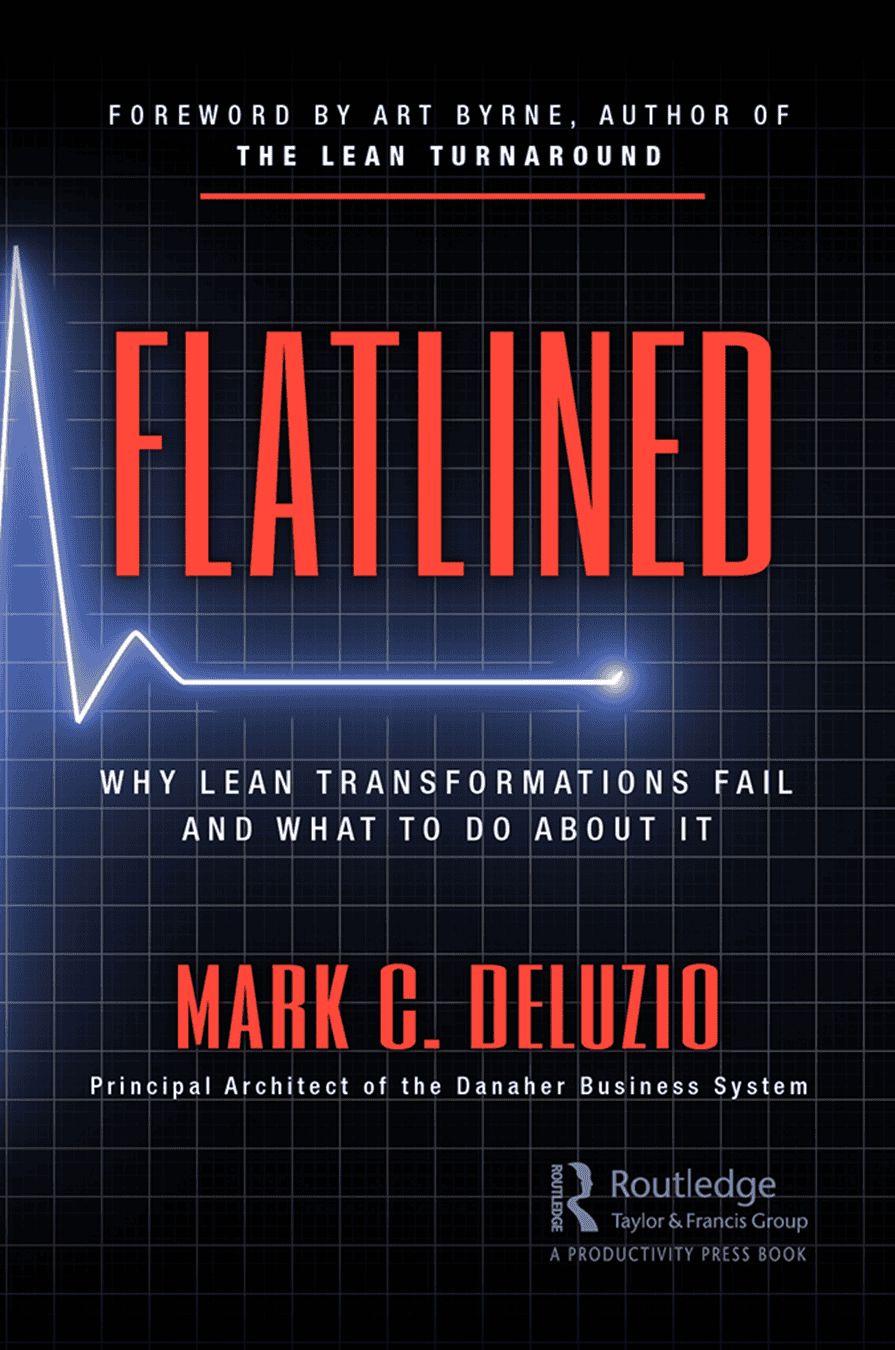In today’s fast-paced digital landscape, businesses are constantly seeking ways to optimize their IT operations. And for good reason – IT has evolved from being a support function to business operations, to an absolutely integral aspect to running a business.
In the quest for operational excellence and continuous improvement, Lean principles have become a cornerstone of success for organizations across industries. While Lean was originally conceived as a philosophy for optimizing manufacturing processes, it has swiftly transcended its roots and found a new and indispensable home in the realm of Information Technology. Moreover, IT is an undeniably standout function for seamless execution of Lean principles. In this article, we will explore the importance of IT when applying Lean principles and how to integrate IT into your organization’s operations.
Lean Application in IT
Lean applies to IT in two primary modes: in transactional activities and in simplifying processes before automation. Understanding these modes will be supportive in effectively integrating IT with Lean implementation as a leader. Additionally, it is important to remember that the goal of IT is to be an enabler of the business; not a complicator.
- Transactional Activities
Transactional activities refer to the various operational processes and tasks that involve transactions between an organization and its internal or external constituents. These activities are essential components of IT operations. Applying Lean principles within transactional activities aims to improve efficiency, quality, and customer satisfaction. Here are some key points to understand transactional activities within Lean and IT:
Help Desk Excellence
In the IT world, the help desk is the frontline of support for employees of an organization. Applying Lean principles to the help desk means focusing on a few core elements:
- Customer Centric Approach: In this case, the customer is the employee. Taking a customer centric approach means employees will have the tech support they need. Take for instance a situation where an employee is seeking assistance with IT-related issues, such as software problems, hardware malfunctions, or access requests. Having integrated IT with your Lean implementations means your employees will be equipped to work more efficiently and serve your customer base better.
- Safety, Quality, and Delivery: When implementing Lean principles, safety and security are extremely important. Ensuring the safety of IT systems involves safeguarding sensitive data, protecting against data breaches, and protecting user data. Quality means effectively resolving issues, ensuring problems are taken care of in the first attempt to fix them. Lastly, as it relates to delivery, it is important to maintain an ability to resolve problems to the service level agreement (SLA) timeline, which dictates response times and resolution deadlines. Lean practices can support IT departments to meet these SLAs consistently.
- Standard Work: To support both global and local requirements efficiently, standard work procedures are developed which enable prompt issue resolution. IT operations makes this possible through automating and streamlining workflows, such as ensuring that help desk agents follow standardized processes when handling different types of issues.
- Key Performance Indicators (KPIs): Metrics are extremely important when it comes to business efficiency and optimization. First call resolution measures the ability to resolve issues in the initial contact, reducing follow-up calls and enhancing satisfaction. Aging of open tickets monitors timely issue resolution, while closure performance ensures a structured process, effective documentation, and clear communication. This all contributes to a user-centric support experience, again, setting your employees up for success.
- Pareto Analysis: Identifying recurring issues through Pareto analysis helps in developing effective countermeasures to eliminate these problems, especially recurring ones.
Asset Deployment Efficiency
Lean also guides asset deployment with IT, aiming to minimize disruptions or issues for internal customers. This involves:
- Standard Devices and Software: Implementing standardized devices and software reduces complexity and eases support and maintenance.
- Minimizing Disruptions: Having spare devices available ensures that internal customers face minimal disruption when issues arise.
Network Support Reliability
Network support is vital for business operations, given it ensures uninterrupted access to critical applications and data. Downtime or network disruptions can lead to productivity losses, revenue impacts, and communication breakdowns. The integration of Lean and IT ensures:
- Ease of Employee Access: Employees must have easy and reliable access to network services, and having the proper IT and Lean integration ensures reliability.
- Standard Work: Establishing standard procedures for network and server setup simplifies operations.
- KPIs for Quality and Delivery: With using KPIs, IT can monitor the quality and timely delivery of network support services. This can also help in making critical business decisions when changes or updates to processes are deemed necessary to effectively meet KPIs.
- Simplify Processes Before Automation
The second mode important to understand is process simplification. In order to ensure efficiency, it is crucial to simplify processes before diving into automation. For leaders implementing Lean principles, we have some valuable insight to consider as it relates to simplifying processes, such as:
- Lean Tools for New System Development: Utilize Lean tools to develop new systems and deploy them rapidly, reducing complexity and waste.
- Engagement of the Business Team: In the context of agile software development, involving the business team in the development and proofing process ensures that IT solutions align with business needs.
- Business System as an Enabler for Standard Work: Leverage the business system to enable and promote standard work procedures, ensuring consistency and efficiency across enterprise operations. Using the business systems to Poka Yoke ensure completeness of required data and the elimination of downstream disruptions.
Applying Lean Principles to IT
By applying Lean principles to IT, businesses can enhance customer satisfaction, streamline processes, and maximize the value delivered by their technology systems. This can be achieved by using value stream mapping, process mapping, and the development of standard work.
Value Stream Mapping: Value stream mapping is a visual representation and analysis of the processes and steps involved in delivering a product or service. It is perfect for identifying areas of inefficiencies and waste, as well as improvement opportunities, from raw materials to the end product.
Process Mapping: Process mapping creates a visual of a specific process, often in the form of diagrams or flowcharts. It highlights the activities, steps, and interactions within a process.
Standard Work: Standard work refers to documented, established procedures and best practices for performing a process or task. It serves as a reference for ensuring quality, consistency, and efficiency within workflows.
This not only improves operational efficiency, but it also greatly contributes to the overall success and health of the organization. The era of technology is not slowing down or going away, and it will inevitably continue to drive business outcomes. Integrating IT with Lean implementation has become indispensable for companies looking to achieve excellence in their operations. To learn more, contact our team at Lean Horizons today.

